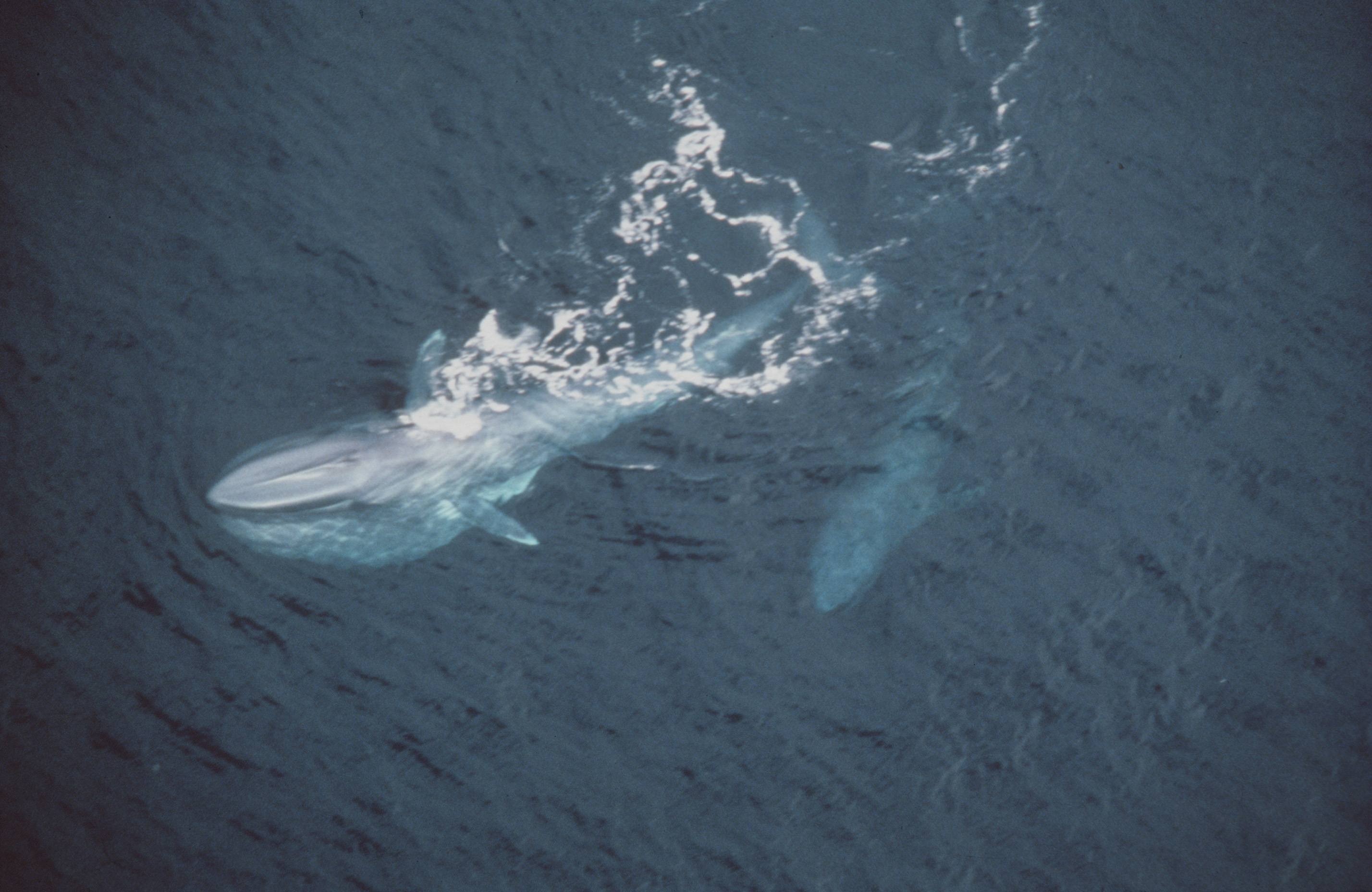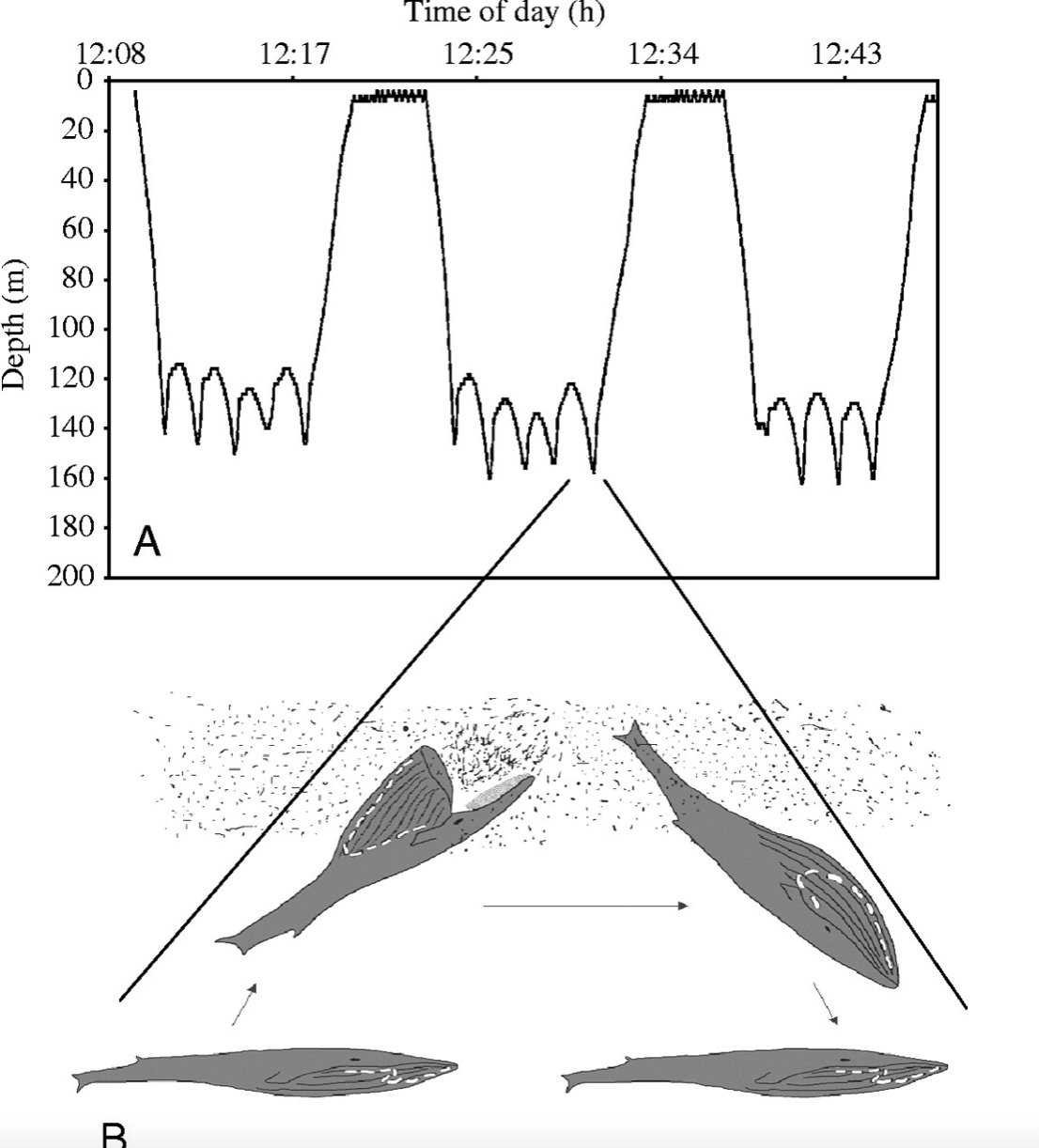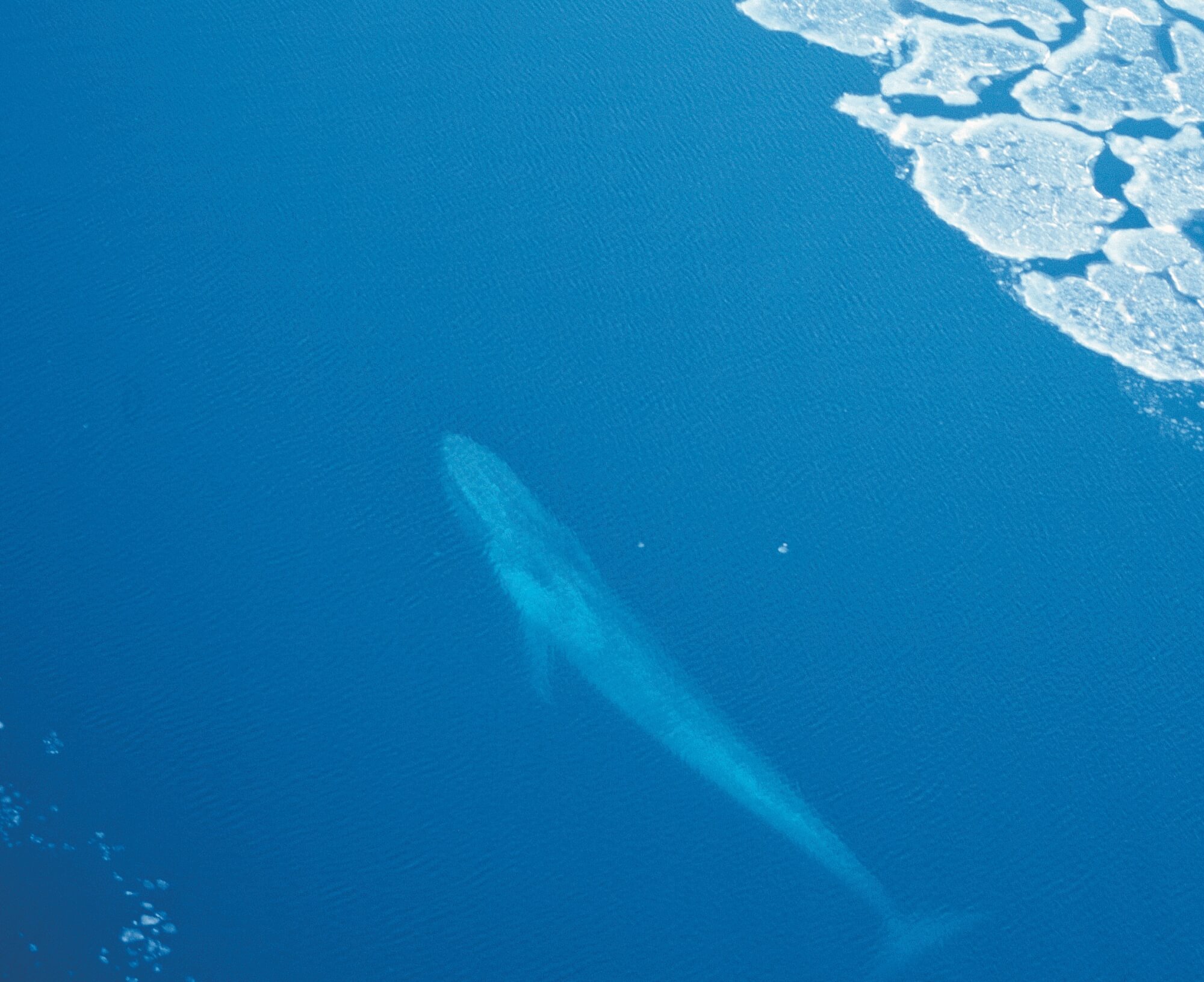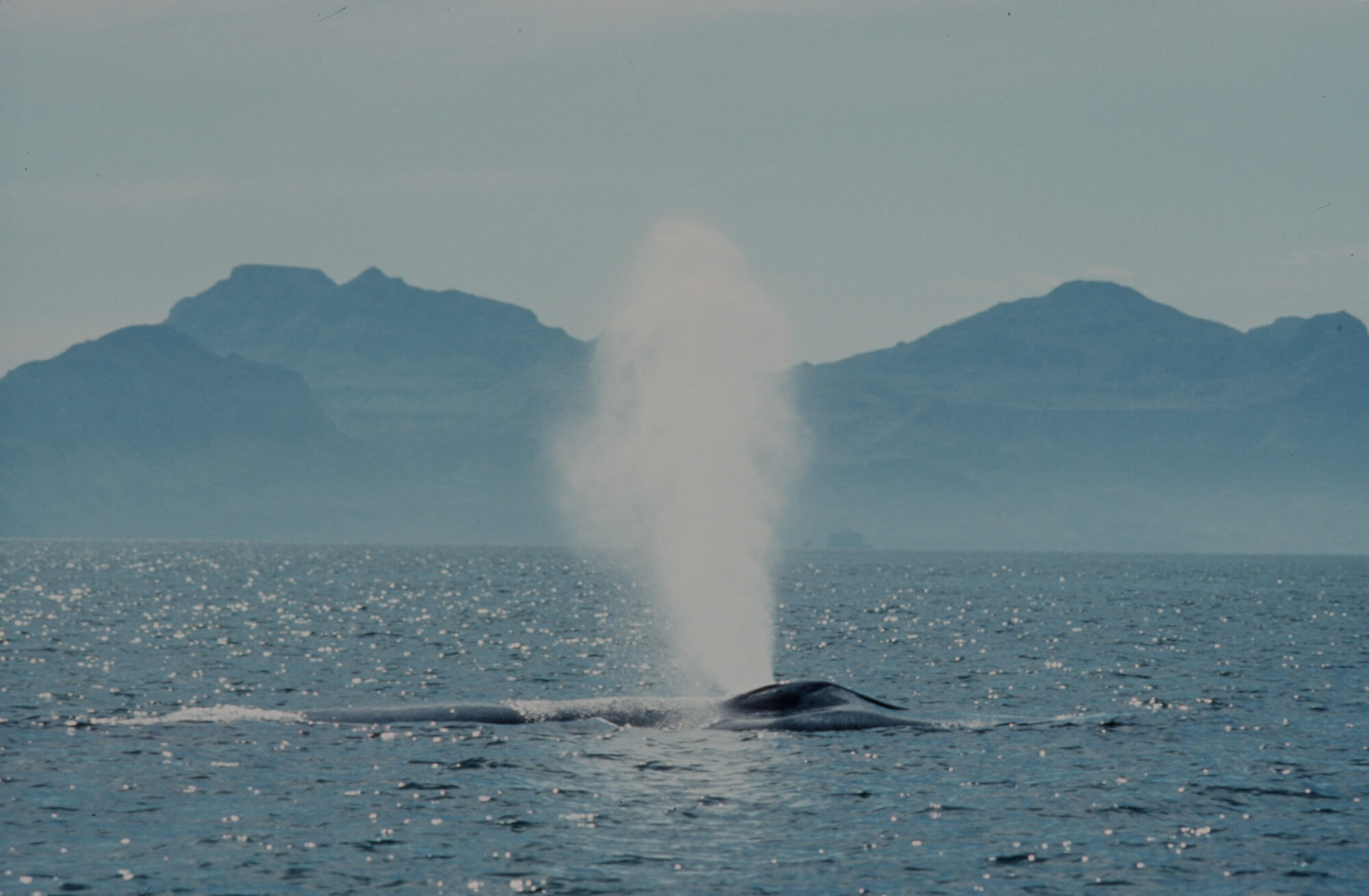The blue whale has a dive time that varies from around 10 to 30 minutes, which is not enough to earn the species the record for the longest dive. So why would this giant of the seas have a shorter dive duration than other whales? The difference is believed to lie in its diet. The blue whale’s technique of engulfing its prey requires significant energy from the animal, which is energy that might otherwise be used for diving.
Large cetaceans and energy
By recording time and depth data, scientists were able to determine that the energy cost of a foraging dive is particularly high and that whales needed twice as much time to recover at the surface than for a non-foraging dive. How long large rorquals can dive is therefore limited by the energy they expend when feeding. Larger animals generally have shorter dive times. This is the case of the blue whale: the cetacean has a theoretical limit of diving time of 31.3 minutes, but only dives to forage for an average of 7.8 minutes, according to the study.
Why do whales dive?
Whales dive for a variety of reasons, whether it’s to move around or to hide from predators, though the main reason is to feed. The blue whale is what’s known as a “gulper”, meaning it opens its baleen-lined jaw wide when feeding on krill. This large cetacean therefore often dives to search for or reach its prey. Krill can be found at varying depths depending on time and location. Time underwater thus differs from one dive to another. For example, krill are found in less deep water at night due to the lack of light. A study that tracked a handful of blue and fin whales has also shown that the animals made shallower dives at night than during the day. Their dives appeared be confined to areas with high prey density so that the energy expended would be offset by their food intake. Blue whales are therefore particularly susceptible to prey shortages, a characteristic symptom of climate change.
Impressive adaptations
Although the need for oxygen is a limiting factor for whales, a number of adaptations allow them to overcome this issue. For example, they have a high concentration of myoglobin (article in French), a protein that stores oxygen in the muscles. The blue whale also has the ability to drop its heart rate to as low as 2 beats per minute in order to limit its oxygen intake during dives! However, its maximum dive duration is believed to be shorter than other cetaceans, though it is capable of travelling from the surface down to depths of 100 metres, or even 200 metres at times.








